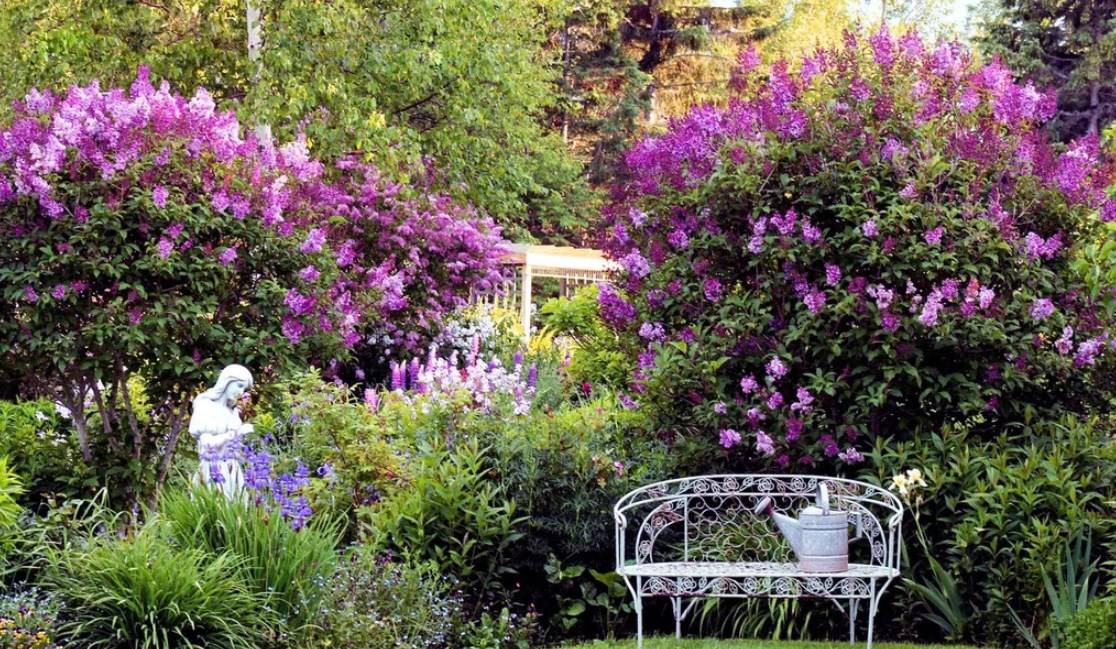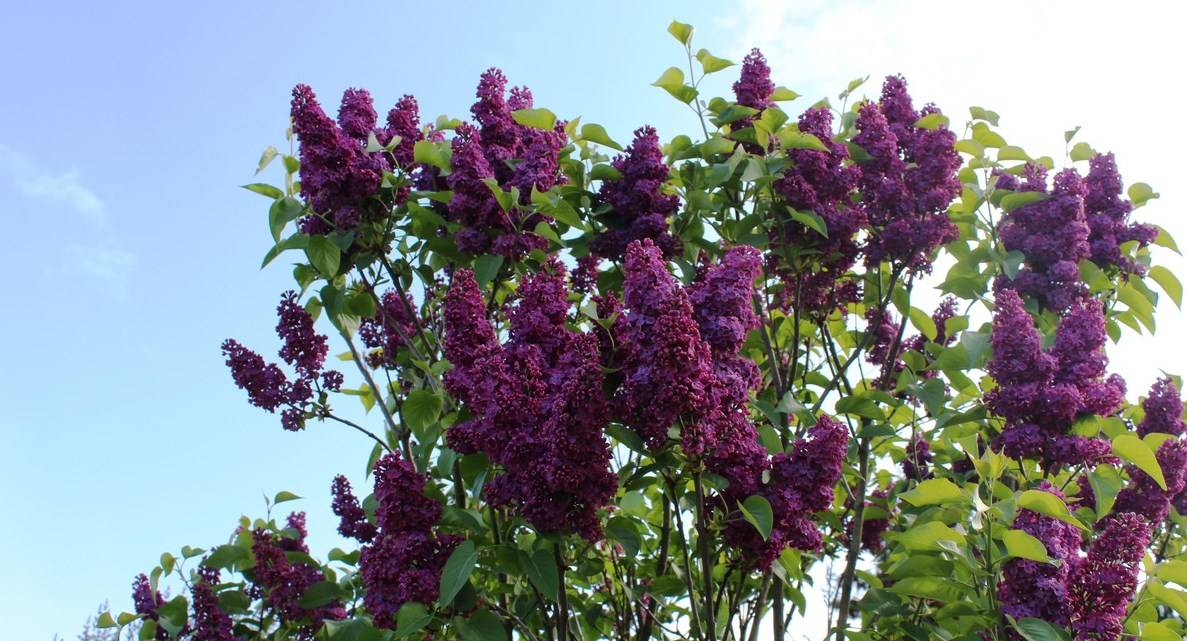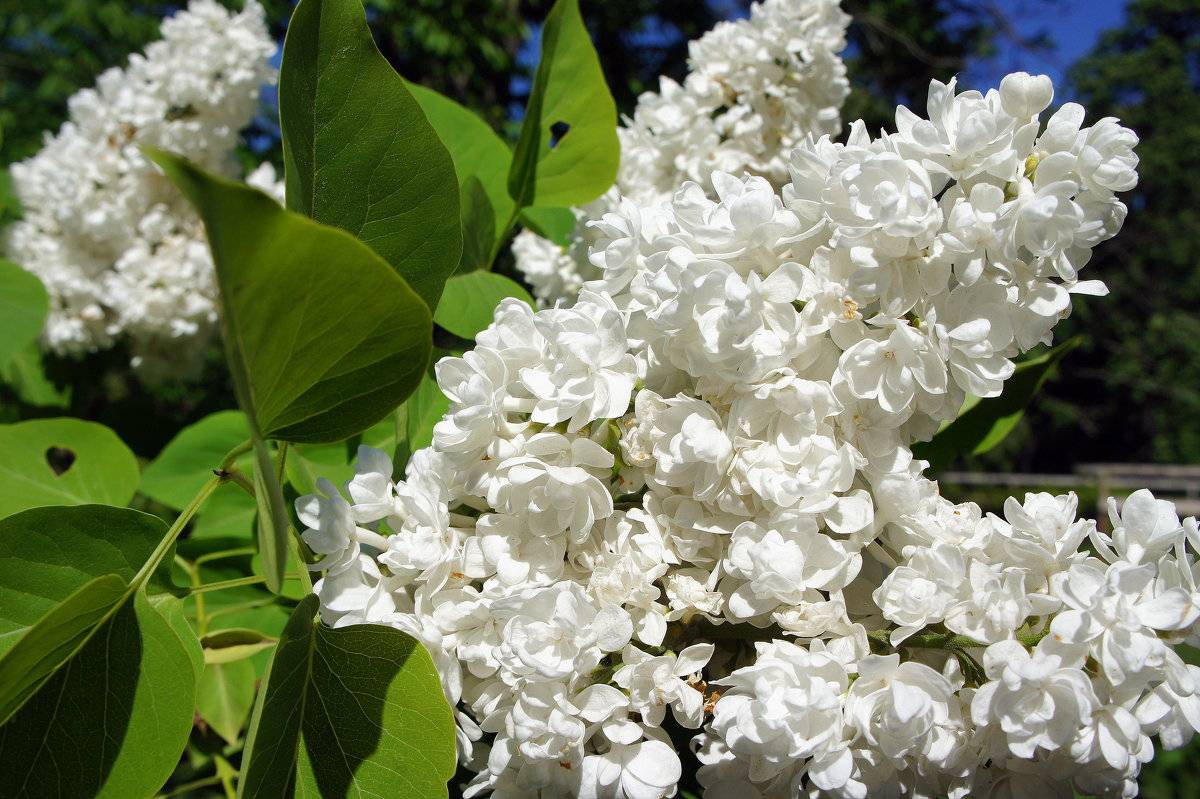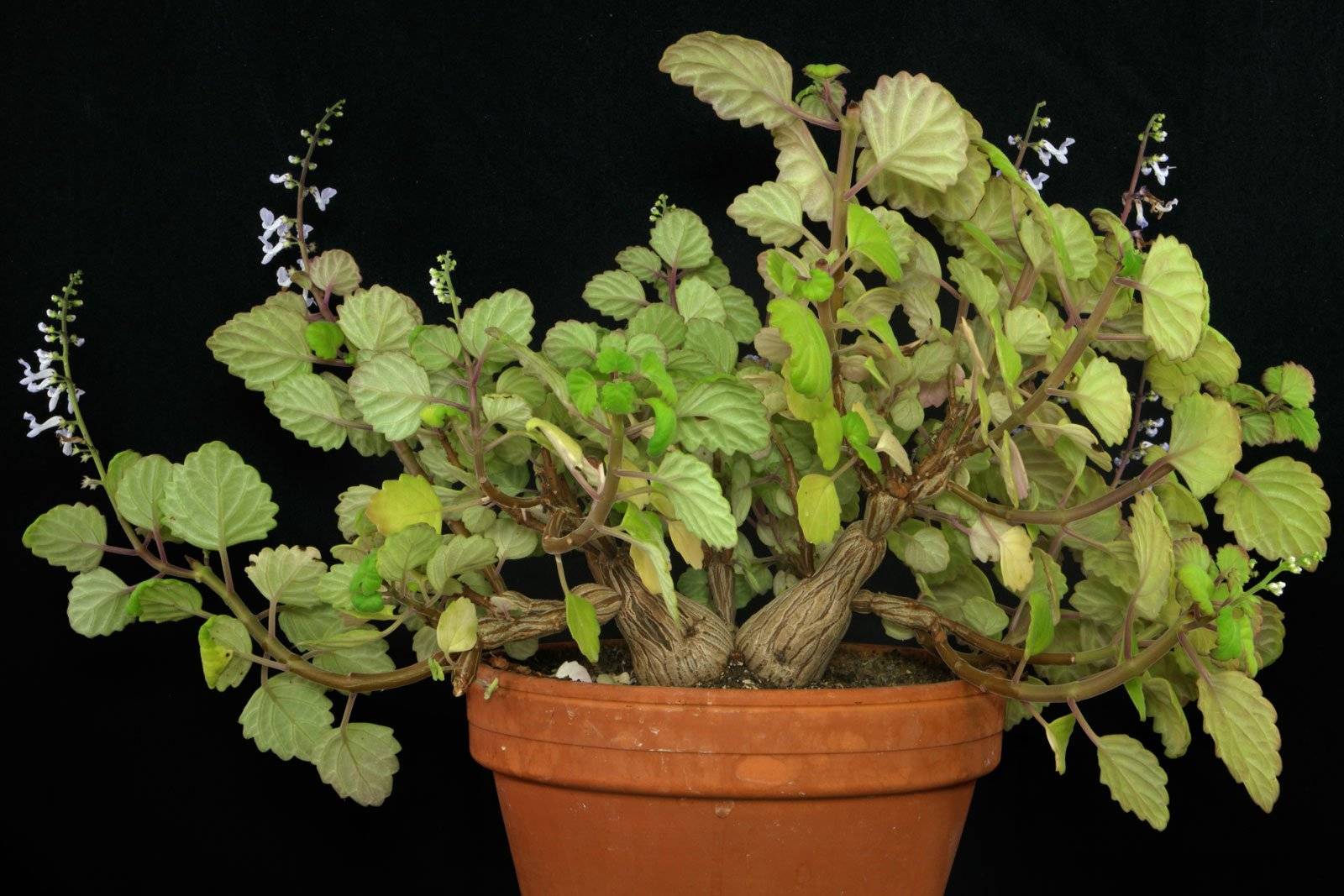Is lilac a shrub or a tree? How to grow lilacs at home
Content:
With the arrival of spring, lilac is one of the first to awaken, which pleases others not only with beautiful flowering, but also with a pleasant, moderately saturated aroma. At the same time, an eternal question arises among flower growers: lilac is a shrub or tree, or flowers.
Types and varieties of bush lilac
Lilac is a fairly vigorous crop, most of which belong to shrubs. Ornamental culture belongs to the genus Shrubs of the Olive family. Today there are about 30 plant species, most of them grow in the wild. Most often, lilac ornamental bushes can be seen in Asia (mainly in China) and southeastern Europe. Like domesticated varieties, wild ones have beautiful flowers of a rich color with a pleasant aroma.
Common lilac
It is a large shrub, the height of which reaches 6 m. The leaves are fleshy and smooth to the touch and have a dark green color. In length, leaf plates reach 12 cm, they are formed on cuttings about 3 cm long. The inflorescences are lilac in color, grouped into pyramidal inflorescences. It blooms for the first time in the fourth year after planting. In the wild, it grows in the South-Eastern part of Europe.
The most popular varieties:
- hydrangea lilac;
- Bohdan Khmelnytsky;
- Dzhambul;
- India.
Persian lilac
This variety was obtained as a result of crossing the Afghan variety with a small-cut one. The height of an adult plant does not reach 2 m, the branches are strongly spread out. Young shoots are characterized by slight pubescence. The mature branches are thin, rich brown.
The flowers are white-lilac or snow-white in color and exude a rich aroma. Inflorescences about 10 cm long and no more than 7.5 cm wide are formed from the lateral upper buds.
Under favorable weather and climatic conditions, the plant blooms in May. Fruiting is observed from July to August. Does not grow in the wild.
Chinese hybrid lilac
In France, in 1777, a new type of lilac called the Chinese hybrid was introduced to the public's attention. It was obtained by crossing Persian and common lilacs. The height of a powerful shrub reaches 5 m, its branches are spreading. The leaves are characterized by an ovoid pointed shape and large inflorescences.
Shaggy lilac
Shaggy lilac has another name - hairy. The height of the shrub does not exceed 4 m. The branches are erect, the leaves are dense. Branches older than two years have a brown-yellow color. Mainly grown in China.
A large number of flowers of a pale purple color are formed, which are grouped into inflorescences, their length ranges from 15-30 cm. Blooms from June to July. The frost resistance indicators are excellent.
Types and varieties of tree lilac
The tree lilac, due to its impressive size and massive trunk, looks more like a tree, despite the fact that it is also a shrub.
Meyer
A dwarf plant, the height of which does not exceed 1.5 m. For 1 year, the growth of green mass does not exceed 10 cm. The shoots are characterized by a brown color, the leaves are miniature, no more than 47 cm. On average, the length of the inflorescences is 10 cm.
The color of the petals can be very diverse: red, purple, white. Mostly begins to bloom in the second half of May - first half of June. Indicators of drought and frost resistance are excellent.
Ludwig Shpet
Roughly speaking, Ludwig Shpet's description is limited to one sentence. Spreading bush of medium size, up to 3.5 m. Life expectancy is more than 100 years, develops and grows rapidly. Germany is considered to be the homeland.
Miss Canada
An unpretentious ornamental culture, the height of which reaches 2.5 m. The flowering is lush, the flowers are formed of miniature sizes, the color of the petals is burgundy-red. It grows predominantly in elevated and well-lit areas with loose soil.
Michelle Buchner
A light-loving culture, the height of which reaches 4 m. It grows only on fertile soil and well-lit areas.
The flowers are lilac, the surface of the petals is terry.
Madame Lemoine
The plant received this name in honor of the wife of the famous French breeder V. Lemoine. The panicles are large, up to 20 cm long and up to 8 cm wide. The petals in the buds initially have a green color, but when blooming, they replace it with a snow-white one.
It blooms luxuriantly every year under favorable conditions.
Types and varieties of indoor lilac
It is possible to plant an ornamental plant in a pot at home, but it is almost impossible to grow it. The breeders did not like this, and they bred the Pletrantus hybrid variety.
Characteristic features are long flowering. It begins to bloom in February and continues to bloom until the end of autumn. Willingly grows in the house on the windowsill. The petals are lilac in color, with insufficient light, the color becomes less saturated.
How to grow lilacs on a windowsill
Reproduction of lilac by cuttings at home does not have any specific requirements. To do this, at the beginning of autumn, cut off shoots from the bush with a length of at least 80 cm, then place them in a plastic bag and put in the refrigerator. They need to be kept there for 5 weeks.
After this time, the cuttings are placed in a container with cold water for 12 hours. All that remains is to transplant the plant into a pot. Subject to agrotechnical rules, rapid growth is expected within 3-4 weeks.
Propagation by cuttings
Many gardeners are wondering how to propagate lilacs by cuttings at home. Cutting is the most common way to plant lilacs and propagate them.
There are two ways to propagate a plant by cuttings:
- in the spring with green twigs;
- lignified seedlings in the fall.
Ornamental culture is also propagated by seed.
Each branch should have at least 4 buds. Cut cuttings are stored in the cellar, after inserting them into wet sand at the cut point. In the spring, they can already be planted in the ground for rooting.
Care
The plant is unpretentious in care.The agrotechnical complex includes standard measures: regular watering and removal of weeds from the peri-stem circle, mulching, fertilizing, pruning and prevention of the development of diseases.
In summer, the shrubs are watered as the land dries up. About 2-3 buckets are allocated for each adult plant. Since August, the frequency of watering is reduced, the plant must prepare for the upcoming winter dormancy.
Young seedlings should be fed only with nitrogen-containing fertilizers in small quantities. In the second year after planting, 70 g of ammonium nitrate and 55 g of urea are introduced under the root. They also add organic matter in the form of mullein infusion.
Lilac is an amazing decorative culture that can be grown not only by an experienced, but also by a novice florist. Thanks to its good health, plant care is minimal.



























